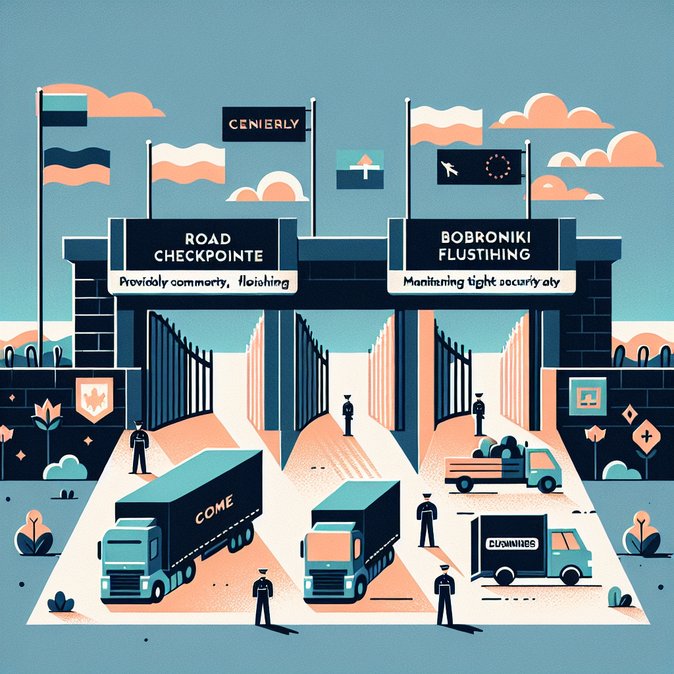
Poland’s Ministry of the Interior has formally informed Minsk that two road checkpoints on the Polish-Belarusian frontier—Kuźnica Białostocka and Bobrowniki—will reopen at 02:00 Belarus time on 17 November. Belarusian Customs confirmed receipt of the note, stating it is technically ready at the corresponding Bruzgi and Berestovitsa posts. Passenger cars will be permitted at both crossings, but buses may use only Bobrowniki; light passenger vehicles (excluding buses) may use Kuźnica.
Prime Minister Donald Tusk told reporters on 14 November that the decision is “an independent move driven by local economic interests” and “not part of political negotiations with Minsk.” He underlined that the physical barrier erected along the border and nearly 100 % interception rate of irregular crossings gave Warsaw confidence that security would not be compromised.
![Poland to reopen Kuźnica and Bobrowniki border crossings with Belarus on 17 November]()
The reopening ends an eight-month closure that followed a spike in irregular migration engineered by Belarusian authorities. Local farmers, hauliers and retailers in Podlasie province have lobbied intensely for restoration of traffic, arguing that the shutdown was strangling cross-border trade and raising logistics costs by forcing detours through Lithuania.
Under the draft ministerial order, customs staffing will be increased and a new “green channel” introduced to speed EU-origin truck cargo, while spot checks will target people-smuggling vehicles. Transport firms should still anticipate selective inspections and possible wait-times while new procedures bed in during the first week.
For corporate mobility managers, the partial reopening eases a major bottleneck on the North-South corridor between the Baltic ports and Ukraine. Companies moving project staff or time-critical freight should re-activate contingency plans and alert travellers to carry passports, vehicle registration and, for non-EU nationals, proof of Schengen-area stay entitlements as Polish border guards calibrate the new flow.
Prime Minister Donald Tusk told reporters on 14 November that the decision is “an independent move driven by local economic interests” and “not part of political negotiations with Minsk.” He underlined that the physical barrier erected along the border and nearly 100 % interception rate of irregular crossings gave Warsaw confidence that security would not be compromised.

The reopening ends an eight-month closure that followed a spike in irregular migration engineered by Belarusian authorities. Local farmers, hauliers and retailers in Podlasie province have lobbied intensely for restoration of traffic, arguing that the shutdown was strangling cross-border trade and raising logistics costs by forcing detours through Lithuania.
Under the draft ministerial order, customs staffing will be increased and a new “green channel” introduced to speed EU-origin truck cargo, while spot checks will target people-smuggling vehicles. Transport firms should still anticipate selective inspections and possible wait-times while new procedures bed in during the first week.
For corporate mobility managers, the partial reopening eases a major bottleneck on the North-South corridor between the Baltic ports and Ukraine. Companies moving project staff or time-critical freight should re-activate contingency plans and alert travellers to carry passports, vehicle registration and, for non-EU nationals, proof of Schengen-area stay entitlements as Polish border guards calibrate the new flow.








